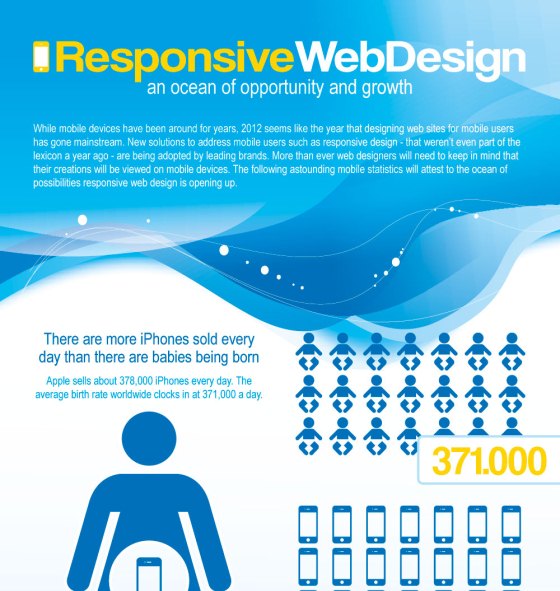The Advancement Of Web Design: Then And Now
The Advancement Of Web Design: Then And Now
Blog Article
Material Writer-Pappas Hejlesen
In the past, web sites were easy and concentrated on info. Navigation was straight, and design was for desktop computers. Currently, customer experience is essential. Information overviews styles for simple navigation. Receptive designs suit different tools. Today, dark mode minimizes stress, and minimalist menus improve navigating. Interactive features involve individuals, and strong visuals attract attention. click the up coming document improves engagement. See just how style has evolved to improve your online journey.
Early Days of Web Design
In the very early days of website design, simpleness reigned supreme. Websites were fundamental, with limited shades, typefaces, and designs. The emphasis got on supplying info as opposed to fancy visuals. Customers accessed the internet through sluggish dial-up connections, so speed and capability were vital.
Navigating menus were straightforward, commonly situated at the top or side of the page. Sites were made for desktop, as mobile surfing had not been yet widespread. Web content was king, and designers focused on easy readability over complicated design components.
HTML was the main coding language utilized, and developers needed to function within its constraints. Animations and interactive functions were very little contrasted to today's standards. https://www.entrepreneur.com/article/414273 were static, with little vibrant material or individualized customer experiences.
Increase of User-Focused Layout
With the advancement of website layout, a shift towards user-focused layout principles has come to be progressively prominent. Today, producing sites that focus on user experience is critical for engaging site visitors and achieving service goals. User-focused layout entails recognizing the requirements, choices, and habits of your target market to customize the internet site's format, web content, and includes as necessary.
Designers now perform thorough study, such as customer studies and usability screening, to gather understandings and comments straight from users. This data-driven method assists in producing instinctive navigation, clear calls-to-action, and visually appealing user interfaces that reverberate with visitors. By putting the individual at the facility of the style procedure, websites can provide a much more customized and enjoyable experience.
Receptive layout has likewise emerged as an essential aspect of user-focused layout, guaranteeing that sites are maximized for different tools and display sizes. This adaptability boosts access and functionality, accommodating the varied methods customers communicate with web sites today. Essentially, the increase of user-focused layout indicates a change towards developing electronic experiences that prioritize the requirements and assumptions of completion customer.
Modern Trends in Web Design
Check out the most up to date patterns shaping website design today. One popular fad is dark setting layout, using a sleek and modern appearance while minimizing eye strain in low-light atmospheres. An additional vital trend is minimal navigation, simplifying menus and improving user experience by focusing on essential elements. Incorporating micro-interactions, such as animated buttons or scrolling effects, can create an extra engaging and interactive site. Responsive style continues to be important, guaranteeing seamless customer experiences throughout various tools. Additionally, making use of vibrant typography and unbalanced formats can add visual rate of interest and draw attention to particular content.
Integrating AI innovation, like chatbots for customer assistance or tailored referrals, boosts user engagement and enhances processes. Access has additionally become a considerable pattern, with developers focusing on inclusive layout practices to satisfy varied customer requirements. Welcoming sustainability by maximizing site performance for rate and effectiveness is an additional emerging pattern in website design. Teaming up with user comments and information analytics to iterate and boost style constantly is important for remaining relevant in the ever-evolving digital landscape. By embracing these modern fads, you can develop an aesthetically enticing, user-friendly website that reverberates with your target market.
Final thought
As you reflect on the development of internet site design from the very early days to now, you can see just how user-focused layout has actually ended up being the driving force behind modern fads.
Accept the trip of change and adaptation in web design, always keeping the individual experience at the center.
Tippingpointdigital
Keep present with the current patterns and innovations, and never stop advancing your method to develop visually spectacular and user-friendly web sites.
Progress, adjust, and develop - the future of web design is in your hands.
